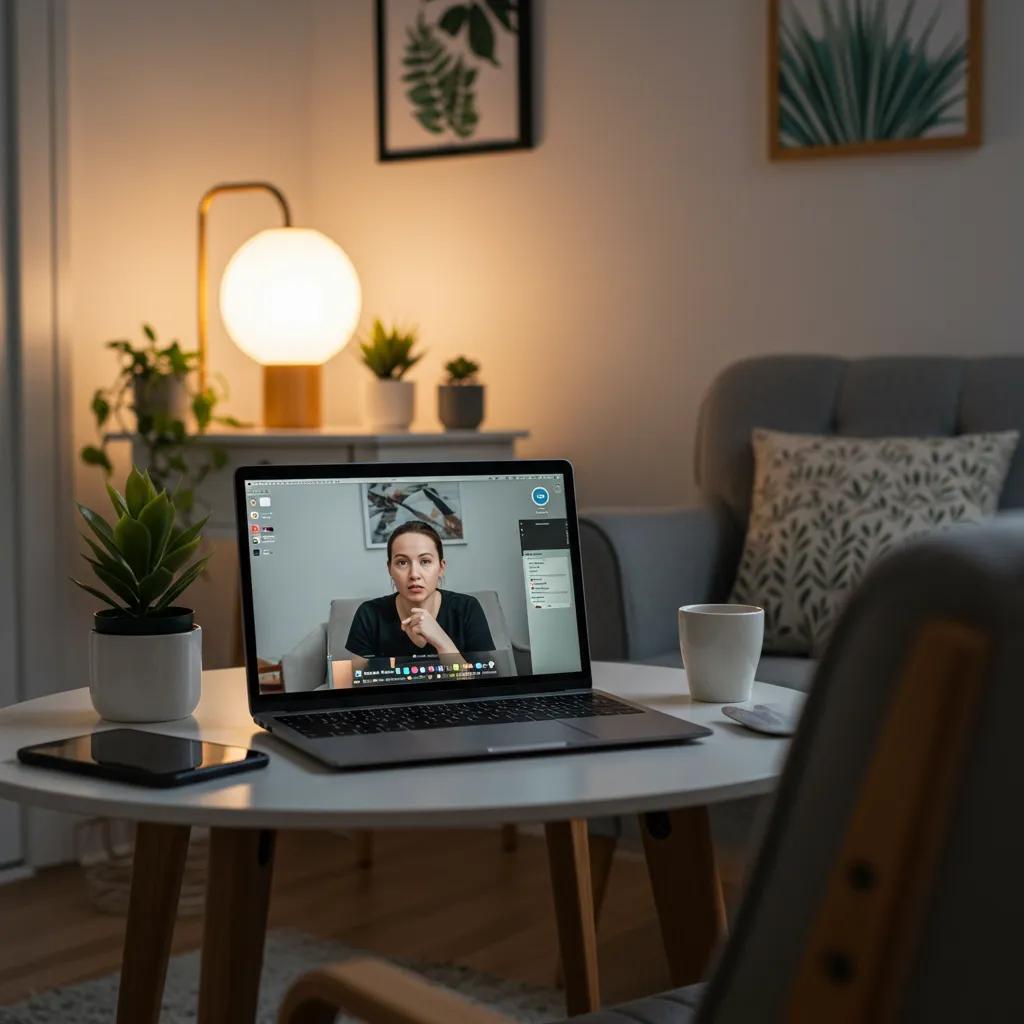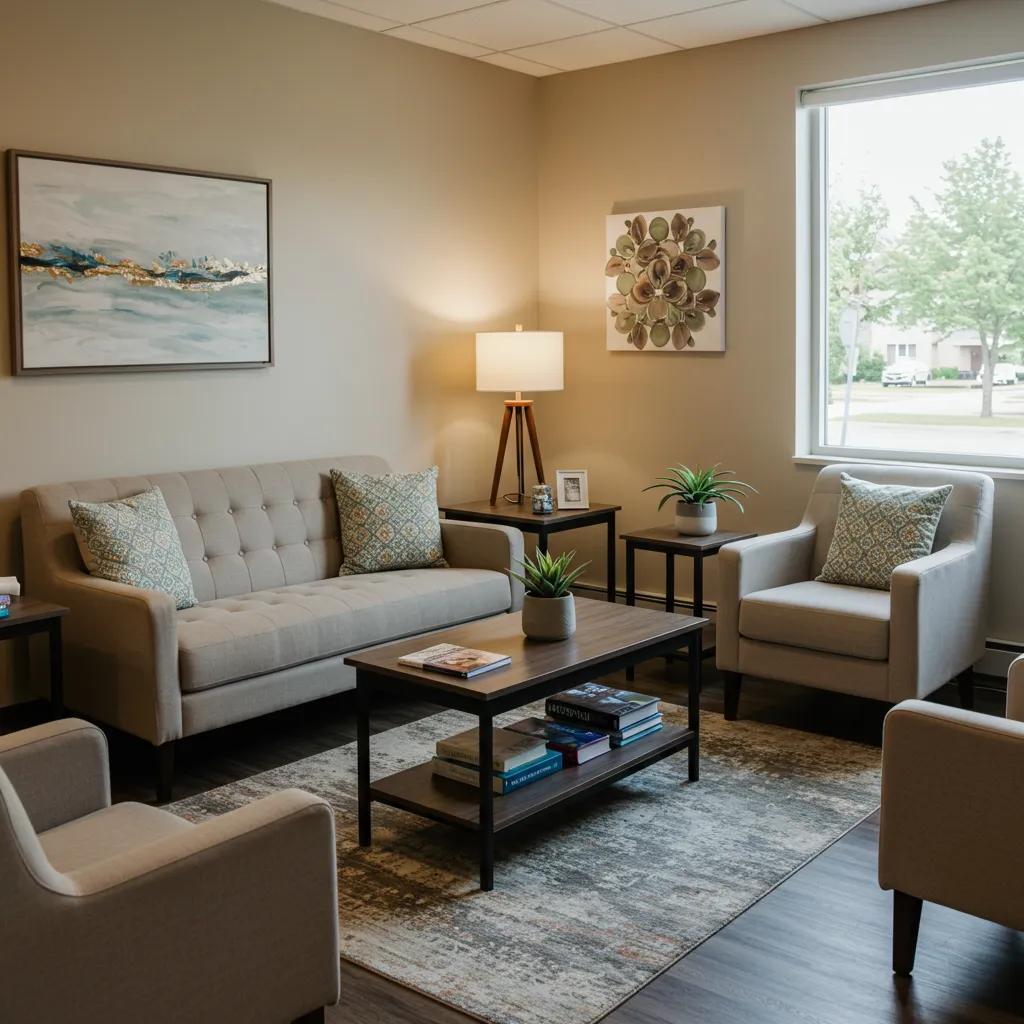Agoraphobia affects an estimated 2% of the total U.S. population, yet, most of us who experience it feel like we’re alone. That’s part of the disorder, which is marked by fear of leaving your home, avoiding things that require responsibility or where you can’t leave, and discomfort in social and public situations. For most of us, that starts out as simple discomfort and escalates from there and can eventually massively impact your quality of life.
Understanding how agoraphobia affects your life and what steps you can take to improve that will help you to improve that quality of life. Often, that will mean getting professional help. But, it can start with being aware of the symptoms and learning how to cope with them in a healthy way.
What is Agoraphobia?
Agoraphobia is an anxiety disorder that affects how people feel about being trapped in places or situations.
That typically manifests into physical anxiety or panic at the thought of leaving the home, being in public or open spaces, being in enclosed spaces like public transport or elevators, being in crowds, or even being outside alone.
For many people, it results in feelings of anxiety, intrusive thoughts, panic, panic attacks, and symptoms of physical anxiety like difficulty breathing, tightness in the chest, nausea, sweating and brain fog. It’s also a very diagnosable issue, and depending on your symptoms, you’ll be diagnosed with either primary agoraphobia or panic disorder. The first applies when you experience panic when leaving the home or in social situations but not in other situations. You’ll receive a panic disorder diagnosis if you experience similar symptoms in other situations.
Signs & Symptoms of Agoraphobia?
If you think you’re struggling with agoraphobia, it’s relatively easy to diagnose. However, your doctor will typically require that it be persistent for at least 6-12 weeks before offering a diagnosis. That will ensure that you’re not just anxious about having not gone out in a while or something similar.
The symptoms of agoraphobia include:
- Anxiety, panic, or fear about leaving the home
- Fear or small or enclosed spaces
- Irrational fear of being outside or in open spaces
- Fear or feelings of anxiety when in crowds
- Anxiety or panic when stuck in crowds, elevators, lines, traffic, etc.
- Fear of dying while engaging in normal activities like a party or a shopping queue
- Irrational fear of losing control in normal situations
This typically turns into physical anxiety such as:
- Feelings of choking
- Tightness in the chest
- Hyperventilation
- Difficulty breathing
- Sweating
- Upset stomach
- Diarrhea
- Vomiting
- Feeling numb or tingling
Here, you’ll almost always get a professional assessment to ensure that your symptoms aren’t from a physical problem. You’ll also have to assess whether symptoms of agoraphobia are general panic disorder or situational to cases where you’re leaving the home.
Get your question answered now.

How to Cope with Agoraphobia
There are many coping mechanisms you can build to help you deal with agoraphobia. However, the following include some of the best:
1. Get Professional Help
Your doctor or therapist can help you to make the right choices for your mental health care. That may include therapy and counseling. It may also include medication. Many people will also receive a diagnosis for medication for the short term to reduce panic during therapy. And, in therapy, you’ll learn new behaviors and coping mechanisms that will help you to deal with the panic on your own.
In most cases, that will mean a 5–6-week prescription for fluoxetine (Prozac) or sertraline (Zoloft) which will reduce panic. If you can step down and come off of it after, you’ll be left off of it.
Therapy normally includes coaching and counseling to help you take control of yourself and your anxiety. You’ll also get behavioral therapy including motivational therapy and exposure therapy. These each help you to reduce fear in situations and to improve your motivation to do so. And, if those don’t help, EMDR, CBT, or DBT may be used to help you figure out the underlying triggers and causes so you can work on building new behaviors.
2. Practice Exposure
Directly challenging your worries and anxiety will help to make situations better. Isolating yourself and avoiding everything will help to make things worse. However, there is a balance. If you force yourself to go out and then you have a very unpleasant experience of extreme panic, that is something bad that happened. It’s negative reinforcement that going out is bad and unpleasant. Instead, you want to take it slow, go out in small increments where you can stay in control, and try to minimize the amount of panic you feel in each situation.
For example, start by walking to a nearby park everyday, knowing you can go home whenever you want. Go to a neighborhood party, knowing you can go home whenever you want. Tell your friends you’re experiencing anxiety and panic so you might want to leave at some point but otherwise you’ll come by. Taking steps to ensure that you don’t feel trapped when you leave the house will help to reduce the effects of panic. And, going out more will improve how much you feel panic.
Anxiety tends to gradually decrease because feared outcomes don’t happen, which means you’ll have less reasons to worry. However, it’s important that you approach these situations in gradual (start small, work your way up) predictable (you go to the thing every day, for example), controllable (you can leave when you want) ways.
3. Learn Calming Skills
It’s important that you learn to self-sooth in a healthy and repeatable way. For example, if you experience panic, you should be able to calm yourself. That may be with a breathing exercise or a time out or a mantra. However, it’s also important to practice calming yourself in general, which may involve learning mindfulness, meditation, yoga, or stress release techniques like visualization.
In each case, you’ll likely want guidance from a professional, and you may want to seek out a treatment option built around stress management for panic disorders. However, learning those skills will give you tools to relax and to improve your mood before you try to do things you find stressful, like going outside. And, you can practice them again when you get back home so you can reset your mood.
4. Take Care of Yourself
Taking care of yourself is an important part of coping with mental health problems. The better you feel physically, the better you feel mentally. That means you’ll want to ensure that you exercise (30 minutes a day of light to moderate exercise is more than enough), eat well (80% healthy food, for example following the recommendations of MyPlate.gov), and have a good wake up and sleep ritual so that you get enough sleep every day. Adding in 15-20 minutes of cleaning up your space every day will also ensure that you feel good about where you live. This will all work to improve your mood and how you feel so you are in the best position to deal with anxiety and panic well.
Getting Help
Agoraphobia is normal. It affects 2% of the population. It’s so normal that almost 2 in 50 of us will experience it during our lifetimes. It’s important that you step back, acknowledge that, and therefore see it as a common and treatable mental health disorder. It’s not okay for you to have difficulty leaving your home or engaging in social situations because that decreases your quality of life. There is help, and it will improve how you get to live by helping you to cope with symptoms and by treating the underlying causes.
If you or a loved one needs help with mental health treatment, drug rehab, or alcohol rehab Compassion Recovery Center is here to help. Contact us to ask about our modern and effective treatment programs.










